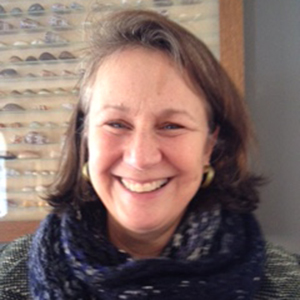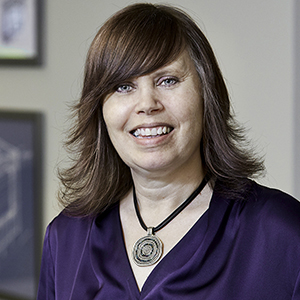Pete Border
In today’s educational environment the shift toward online, hybrid, and asynchronous learning has given way to an era with accessibility and adaptability at the top of mind. Most of us are all too familiar with the use of telecommunications like Zoom for class instruction and remote work, but there are many other technologies and resources available to instructors and institutions alike that aid in accessibility. One such option available to educators are OERs, or Open Educational Resources. An OER is a teaching or learning material that is freely available to instructors and students, and in some cases may be downloaded and shared.
What are OERs?
Open Educational Resources can be found in a variety of forms. Open textbooks aren’t the only option when it comes to OERs. Videos, courseware, activities, assessments, and more are also available from a number of sources. This is the true draw to using OERs in any course; By using a variety of freely available and mixed teaching and learning materials, students are no longer limited by a paywall or modality that may not suit their learning. Another massive benefit is the ability for editors to regularly update text for both content and usability in the classroom. These advantages are what led Pete Border to adopt the use of OERs in his Physics courses.
Using Open Educational Resources in PHYS 1107 & 1108
Pete Border, a Physics instructor in the School of Physics and Astronomy, has been utilizing OERs for the past several years. Before Pete began instructing around 2006, he had been assisting with web-based quiz systems used by the Physics department. When the idea to convert some courses to online offerings was presented, Pete was a logical fit in the transition. He began teaching Physics 1107: Online Algebra-Based Mechanics and Physics 1108: Online Algebra-based Electricity and Magnetism using traditional textbooks and materials, which had students paying upwards of $75 to $200 for physical copies of course materials. After a few years, Pete worked with instructional designers from Academic Technology and Design at CCAPS to redesign the online offerings for Phys 1107 & 1108. This redesign led to the adoption of using OERs instead of paid traditional textbooks.
The newly improved Phys 1107 & 1108 courses saw the implementation of Physics textbooks from OpenStax, an open resource publisher from Rice University. Pete was pleased with how there was no difference in quality between the OER and the traditional textbook that had been used for years prior. Videos are also used to supplement the OpenStax Physics textbook. Pete assigns videos that cover key concepts in his Physics courses and are created by Khan Academy, a non-profit committed to open access information. His students have found watching these videos to be engaging, informative, and effective in retaining the content provided by the textbook and Pete’s instruction. The use of OERs in these courses eventually led Pete to create his own video content in the form of Lab Demonstrations and Module Walkthroughs. He again partnered with ATD and their Multimedia Designers to modernize his course with visual aids that otherwise could prove difficult through online instruction.
Pete’s Thoughts
Overall, Pete Border’s experience with using Open Educational Resources has been overwhelmingly positive and student-focused. In fact, after teaching with both paid and open resource texts, he saw no major dip in quality or amount of content presented. “As a matter of fact, once upon a time, I got three of them out of my shelves and opened them up to the beginning. It just said ‘Chapter 1’, and it was the same, ‘Chapter 2’, and it was the same…When you get to the second course [Phys 1108] they’re absolutely identical.”
OERs also gave him the ability to modify the order in which material was taught, allowing him to add his own signature to the flow of information in Physics 1107 & 1108. As OERs are always improving, his feedback to the content he uses from OpenStax was the need for more depth in the number of practice problems included with each chapter.
Looking Forward
Pete Border’s combination of Open Resource textbooks and videos show the advancement of accessibility and adaptation in his online, asynchronous courses. If you are interested in how you can incorporate OERs into your course or have any questions, reach out to us through the CCAPS-ATD Learning Management Assistance form. We welcome any effort to make education more accessible, diverse, and inclusive to inspire learners in all stages of life.






